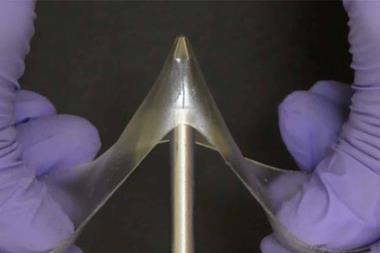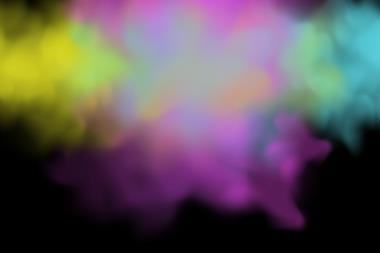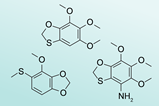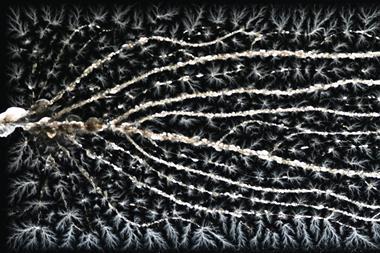A new material displays 3D images in real space, allowing them to be viewed by multiple people at different angles, without the use of specialised headsets. The material, in which images are reversibly printed using light, could find use in a number of areas, including art, medical imaging and architectural design.
Current 3D display methods tend to involve arrays of liquid crystals or multiple moving components, like rotating LEDs. Now, scientists in the US have developed A 3D display medium made from a single solid-state polymer. The material can be fashioned into a simple handheld device in which images can be printed, erased and even animated.
The team, led by Dartmouth College’s Ivan Aprahamian, embedded azo-BF2 photoswitches, which change colour in response to light, into a polymer matrix.
Using different wavelengths of light, the material can be made to change reversibly from blue to red to purple. Using this technique, the researchers printed various images in a prototype device, including of a dog, a chess piece and Dartmouth Hall.
Next the researchers aim to expand the material’s colour range and to develop faster-switching kinetics within the azo-BF2 photoswitches to enable real-time imaging.
References
Q Qi et al, Chem, 2024, DOI: 10.1016/j.chempr.2024.07.012



























No comments yet